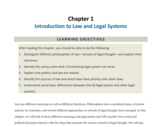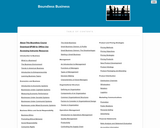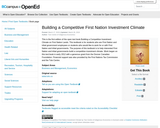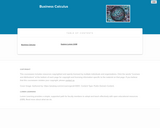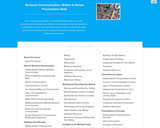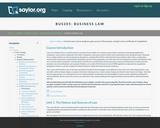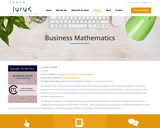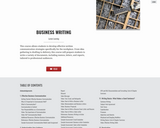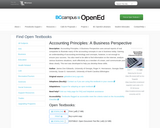
Accounting Principles: A Business Perspective uses annual reports of real companies to illustrate many of the accounting concepts in use in business today. Gaining an understanding of accounting terminology and concepts, however, is not enough to ensure your success. You also need to be able to find information on the Internet, analyze various business situations, work effectively as a member of a team, and communicate your ideas clearly. This text was developed to help you develop these skills.
1. Accounting and its use in business decisions
2. Recording business transactions
3. Adjustments for financial reporting
4. Completing the accounting cycle
5. Accounting theory
6. Merchandising transactions
7. Measuring and reporting inventories
8. Control of cash
9. Receivables and payables
10. Property, plant, and equipment
11. Plant asset disposals, natural resources, and intangible assets
12. Stockholders' equity: Classes of capital stock
13. Corporations: Paid-in capital, retained earnings, dividends, and treasury stock
14. Stock investments
15. Long-term financing: Bonds
16. Analysis using the statement of cash flows
17. Analysis and interpretation of financial statements
18. Managerial accounting concepts/job costing
19. Process: Cost systems
20. Using accounting for quality and cost management
21. Cost-volume-profit analysis
22. Short-term decision making: Differential analysis
23. Budgeting for planning and control
24. Control through standard costs
25. Responsibility accounting: Segmental analysis
26. Capital budgeting: Long-range planning
Reviews available here: https://open.umn.edu/opentextbooks/textbooks/accounting-principles-a-business-perspective
- Subject:
- Accounting
- Business and Communication
- Material Type:
- Textbook
- Provider:
- BCcampus
- Provider Set:
- BCcampus Open Textbooks
- Author:
- James Don Edwards
- Roger H. Hermanson
- Susan D. Ivancevich
- Date Added:
- 10/28/2014

